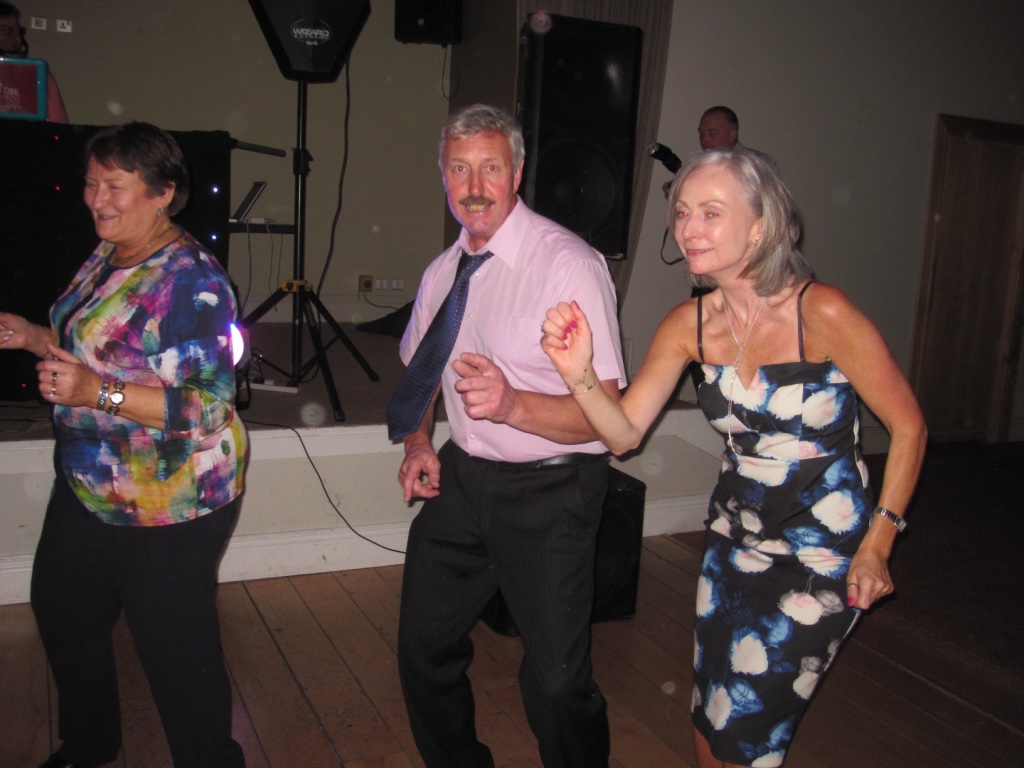
It is the most common injury in the Premier League and accounts for 49.3% of all muscular injuries reported in soccer yet risk management rather than prevention is the key when it comes to hamstring injuries.
Compared to most other muscular injuries, Athlete’s that suffer hamstring injuries have a very high chance of re-injury, in some cases up to a 63% likelihood.
Age and history are the two most common factors that affect the hamstrings, and while these attributes are constant according to Dr. David Opar from the Hamstring Research Group at the Australian Catholic Institute, the key to managing the hamstring injuries is modifiable factors.
Understanding the factors and looking at the Athlete as a whole is a large part of understanding and managing hamstring injuries.
Strength is a key factor that can help researchers understand more about the hamstring process. The older and weaker you are then there is an increased chance of suffering a hamstring injury. Older athletes that are stronger have the same risk however as younger athlete meaning that the ageing process plays an intrinsic role in hamstring injuries.
The most commonly researched, and used exercise for building strength in the hamstring is the Nordic hamstring exercise.
Traditionally this involves a partner holding down the ankles with you slowly fall forward however this has been modified over time with the partner replaced by a rig with force measuring devices meaning that you now have feedback as to how much force each leg is producing.
This feedback, or high-level data, has already helped the few athletes using the device to be monitored so that fluctuations in strength can be seen in the weeks leading up to injury, providing a detailed insight into a highly-common injury.
If a deficit in eccentric strength does indeed suggest a risk of hamstring injury, an easy to use monitor of that strength could be a huge asset in the risk management of athletes
The Nordic hamstring exercise is a valuable tool that is objective-driven, easy to implement and provides data for clubs that is measurable.
Read more
Read more
Read more
Read more
Read more
Read more









